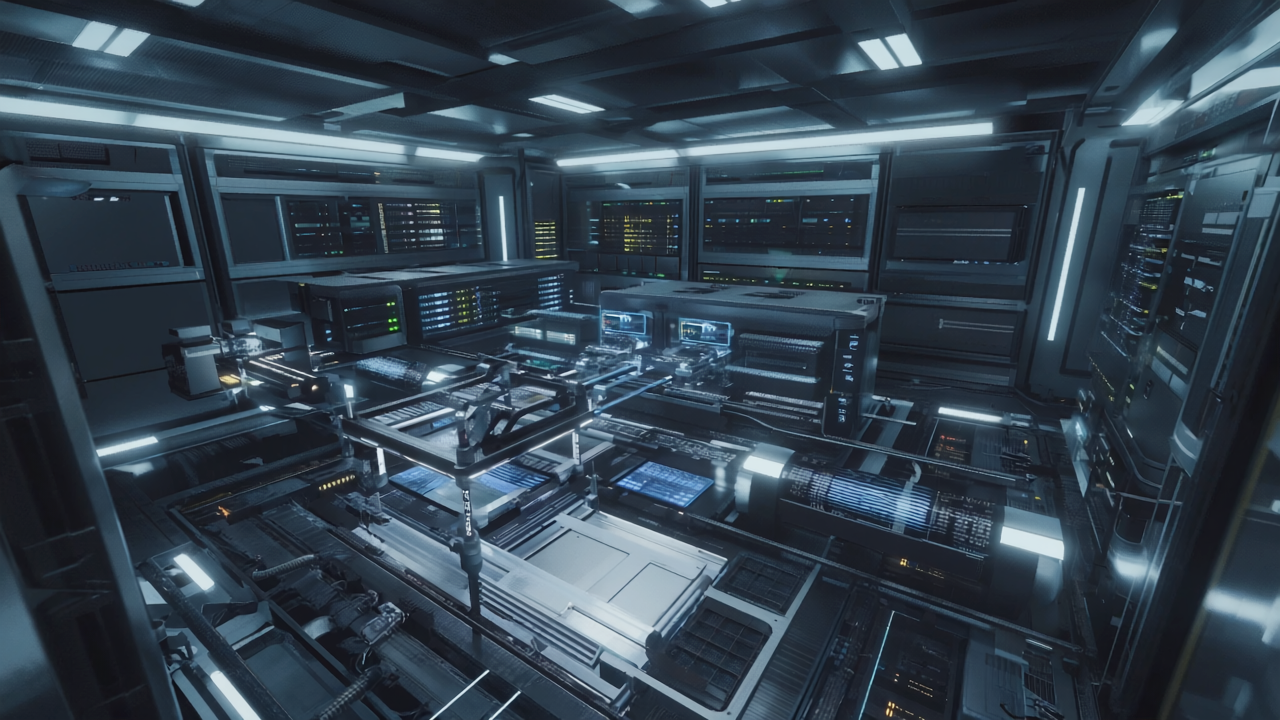
Image RAG and Multimodal RAG
Introduction
In the ever-evolving landscape of artificial intelligence, the integration of various modalities—such as text, images, and sound—into a cohesive system represents the cutting edge of machine learning research. Image Retrieval-Augmented Generation (Image RAG) and Multimodal RAG offer groundbreaking approaches to enhance the capabilities of large language models (LLMs) by incorporating visual and multimodal elements. This innovation not only enriches the user experience but also extends the practical applicability of AI across numerous industries. In this article, we delve into the mechanisms and significance of Image RAG and Multimodal RAG, exploring their impact on the industry and pondering future implications.

Key Points and Analysis
Understanding Image RAG
Image RAG leverages the concept of retrieval-augmented generation, where visual data is integrated into the process of text generation. The core idea is to enhance the model's understanding and output quality by referencing relevant images alongside textual data. This is akin to the way humans use visual cues to aid in comprehension and communication. By incorporating image references, Image RAG systems can generate more accurate, contextually rich, and nuanced responses.
Multimodal RAG: A Step Further
Multimodal RAG extends the retrieval-augmented generation framework by incorporating multiple data types, including text, images, and potentially audio. This approach mirrors human cognitive processing, where multiple senses contribute to a more comprehensive understanding of the world. Multimodal RAG models are designed to interpret and integrate diverse data streams, enabling them to perform complex tasks such as multimedia content creation, cross-modal retrieval, and multimodal sentiment analysis.
Visualizing LLMs: A Window into the Magic
The work of researchers like Brendan Bycroft on LLM visualization offers valuable insights into how these models process and generate outputs. By examining attention patterns, token representations, and the trajectory of predictions, we gain a deeper understanding of how Image RAG and Multimodal RAG systems function. For example, attention pattern visualizations can reveal how a model prioritizes visual inputs relative to text, providing clarity on how context is built and applied in real-time.
Industry Impact and Applications
Enhancing Content Creation
One of the most immediate applications of Image RAG and Multimodal RAG is in content creation. These systems can assist writers, marketers, and designers by automatically generating text that is contextually enriched with relevant images or multimedia elements. This can streamline the creative process and produce more engaging content across various platforms.
Revolutionizing Customer Support
In the realm of customer support, Multimodal RAG systems can transform interactions by integrating visual aids into support responses. For instance, a support agent powered by such technology could provide step-by-step instructions accompanied by relevant images or videos, significantly improving user comprehension and satisfaction.
Advancing Healthcare Solutions
The healthcare industry stands to benefit immensely from these innovations. Image RAG can enhance diagnostic processes by integrating textual data with medical imaging, offering more comprehensive analyses. Similarly, Multimodal RAG models can facilitate telemedicine consultations by seamlessly combining patient information, images, and other relevant data.
Future Implications
As Image RAG and Multimodal RAG technologies continue to evolve, their potential applications will expand across various sectors. Future developments could see these systems contributing to autonomous vehicles, where real-time multimodal data processing is crucial, or in education, where personalized learning experiences can be crafted through the integration of text, visuals, and interactive media.
Moreover, as these models become more interpretable and trustworthy, their adoption will likely increase, prompting further innovations and ethical considerations. Ensuring that these systems are developed with transparency and fairness in mind will be crucial as they become more ingrained in everyday life.

Conclusion
Image RAG and Multimodal RAG represent significant strides in the field of AI, pushing the boundaries of what large language models can achieve. By integrating visual and multimodal data, these systems offer more robust, contextually aware, and practical solutions across a variety of applications. As we look to the future, the continued development and implementation of these technologies promise to revolutionize AI's role in society, making it more adaptable and effective than ever before. The journey toward a truly multimodal AI ecosystem is just beginning, and its potential is as vast as it is exciting.
aecenas sollicitudin purus id leo vehicula lacinia quam vulputate dapibus fermentum metus, nec euismod nulla dapibus nasac metus nunc rabitur euntum


